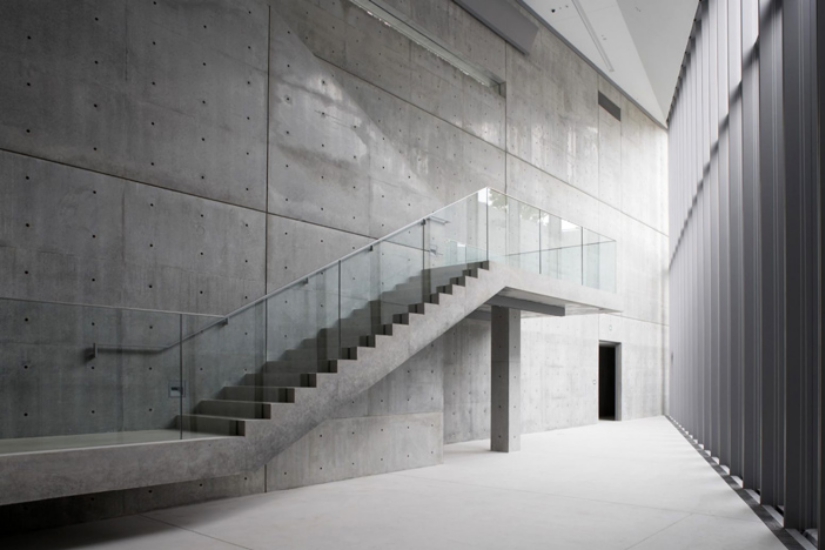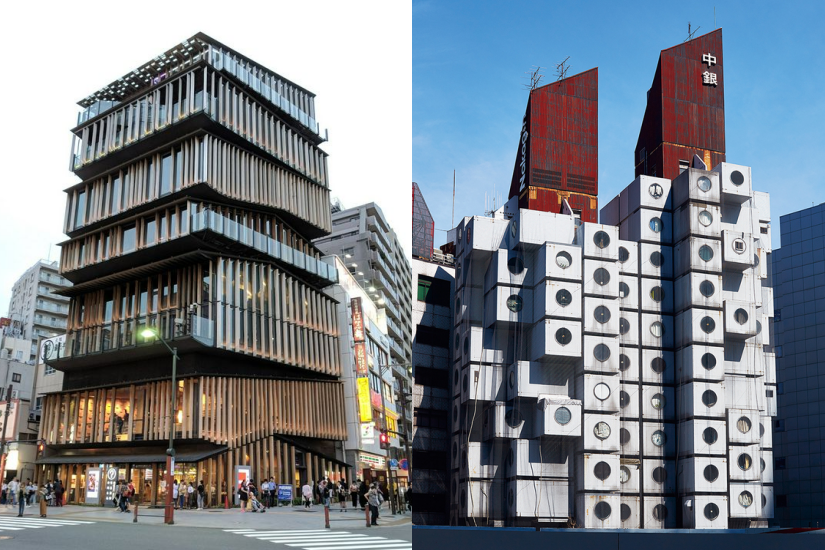To become a popular tourist city, the architecture plays a key role in catching people’s attention. Japan’s architectural aesthetics are renowned, not only focusing on visual beauty but also seeking integration with urban life and nature. Therefore, there are many stunning architectural landmarks in the area. Many of these unforgettable buildings are the works of several contemporary Japanese architects. Below, we will introduce the works of “national treasure-level” masters such as Kenzo Tange, Kisho Kurokawa, Tadao Ando, and Kengo Kuma.
Kenzo Tange
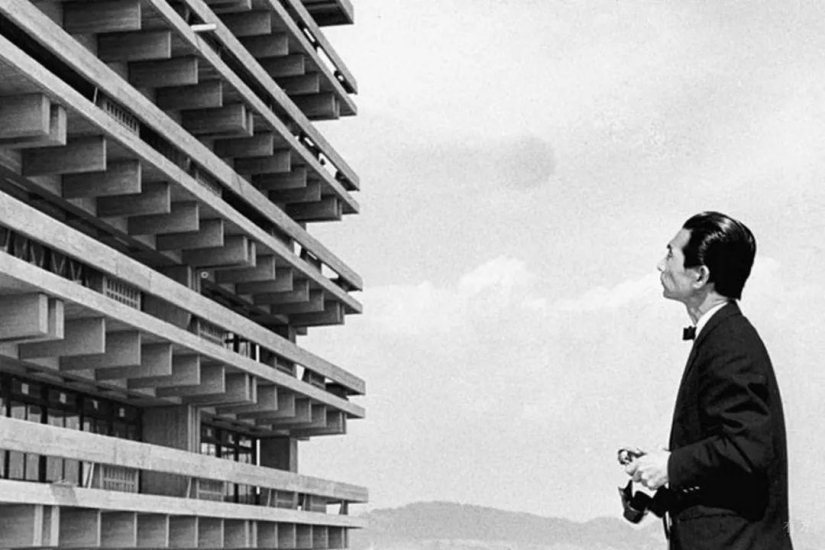
Kenzo Tange (1913-2005) is known as the “Tange of the World”. His works combine traditional Japanese architecture with modern Western architectural forms, receiving high praise worldwide. Not only an architect, he has also proposed and implemented innovative urban planning schemes globally, making him a model for contemporary architects.
Before his death, Kenzo Tange had friendships with Le Corbusier, one of the “Three Giants of Modern Architecture,” as well as overseas architects such as Philip Johnson and Oscar Niemeyer. He also had connections with masters such as Kenzo Tange and Taro Okamoto. In Tokyo, his representative works include the National Yoyogi Stadium, St. Mary’s Cathedral in Tokyo, Tokyo Metropolitan Government Building, Fuji TV Headquarters, Sogetsu Kaikan, and Shinjuku Park Tower.
National Yoyogi Stadium

Tokyo Metropolitan Government Building
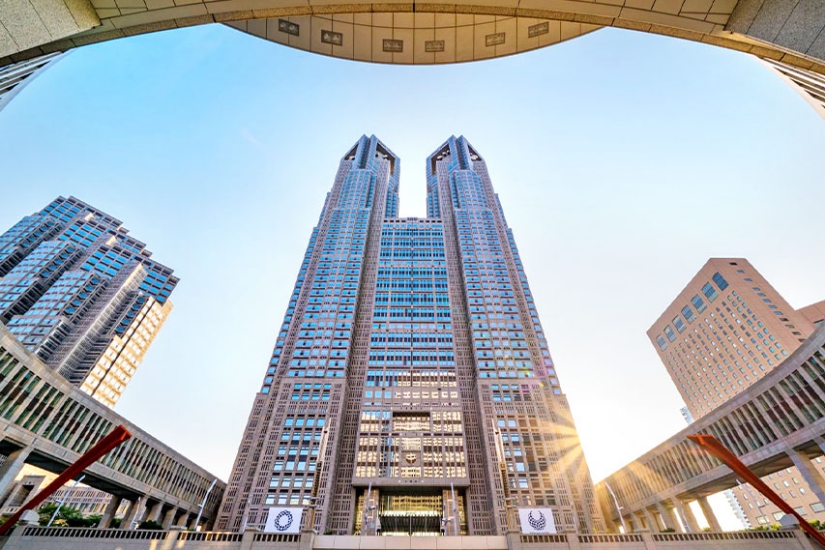
Kisho Kurokawa
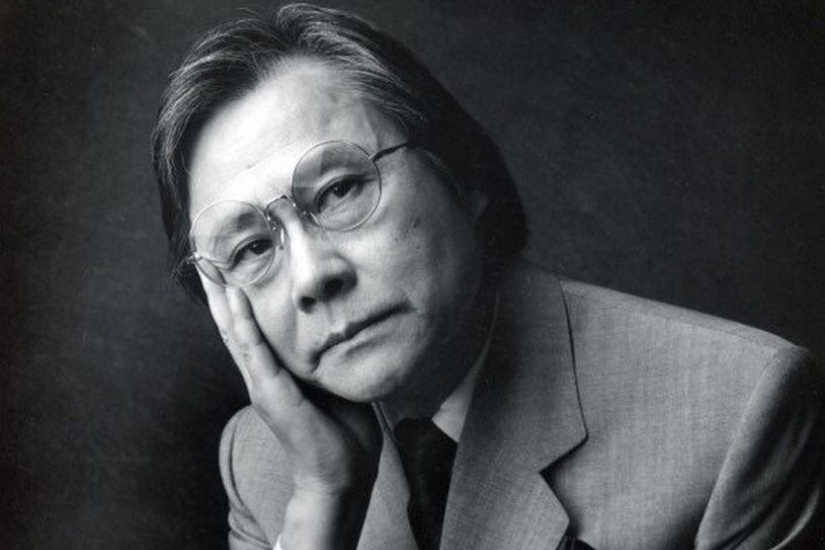
Kisho Kurokawa (1934-2007) was a “Metabolist” architect who advocated for urban architecture to adapt to social and demographic changes in an organic manner. While studying at the University of Tokyo, Kurokawa was a disciple of Kenzo Tange, and was greatly influenced by the master’s urban planning concepts. His design works include the National Art Center, Tokyo, directly connected to Nogizaka Station, with its vivid and powerful design leaving a lasting impression. In addition, his masterpieces include the Nakagin Capsule Tower and the commercial building BIG BOX, which are easily accessible for visitors; his architectural works overseas include the Van Gogh Museum Extension (Netherlands) and the Kuala Lumpur International Airport (Malaysia).
National Museum of Modern Art
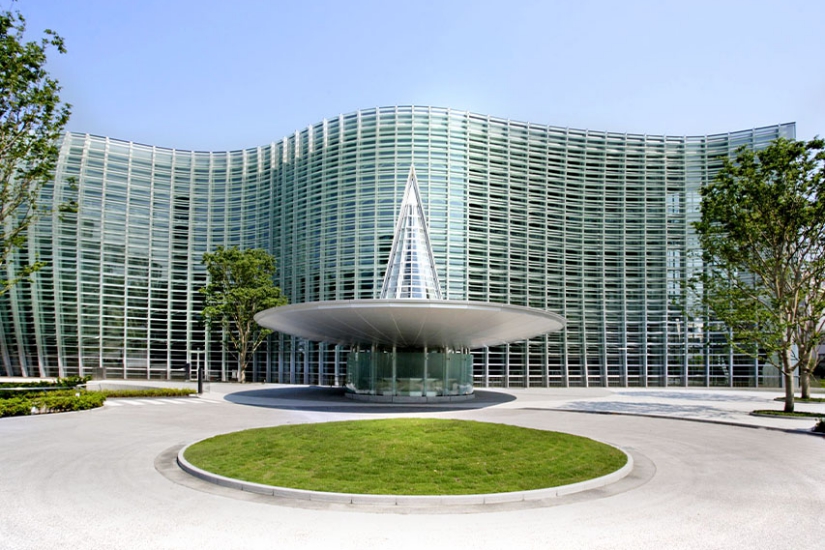
Kengo Kuma
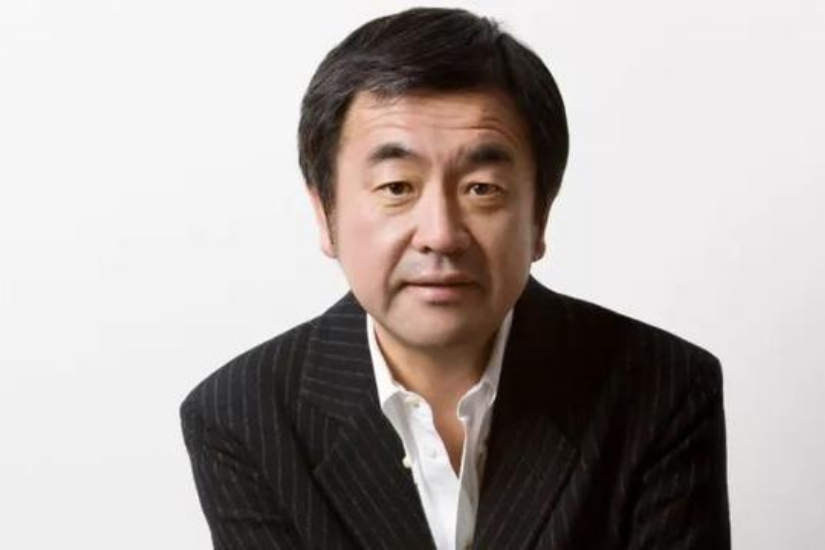
Kengo Kuma (1954~) has attracted worldwide attention for his skillful use of natural materials and integration of local environments into architectural concepts. In addition to the Tsunashima Museum, which perfectly combines Japanese garden design, he has also been involved in the renovation of the Kabuki-za Theater by multiple design companies, as well as the interior design of the KITTE public area that opened in 2013. The Akagi Shrine, located in the bustling Kagurazaka district, boldly uses glass construction, leaving a deep impression and subverting the stereotypical image of traditional shrine architecture.
Nezu Museum
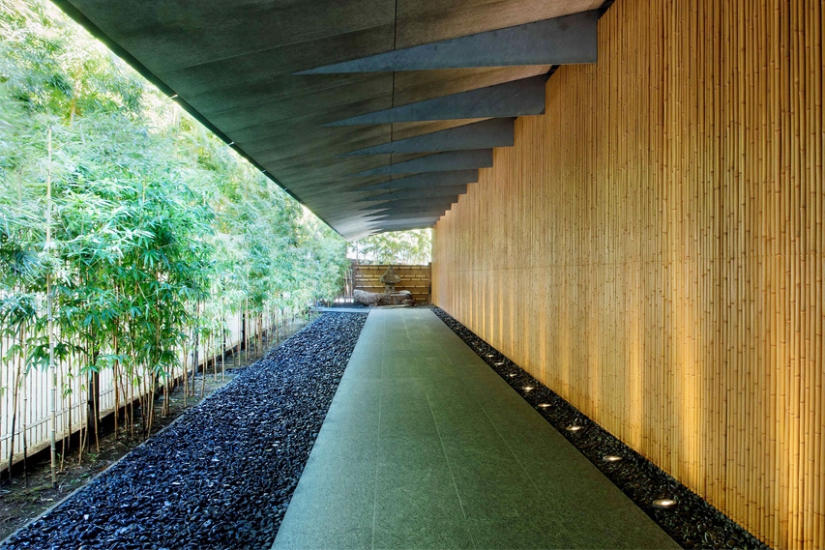
Kabuki-za Tower
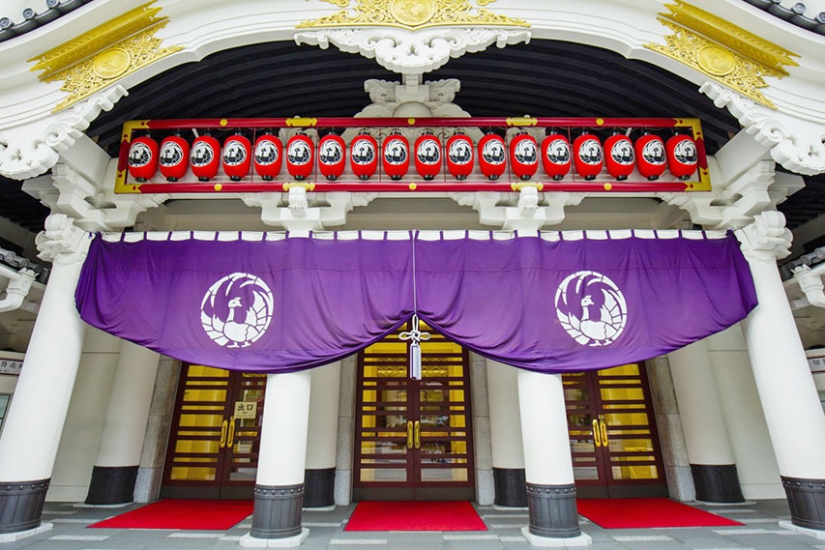
Tadao Ando
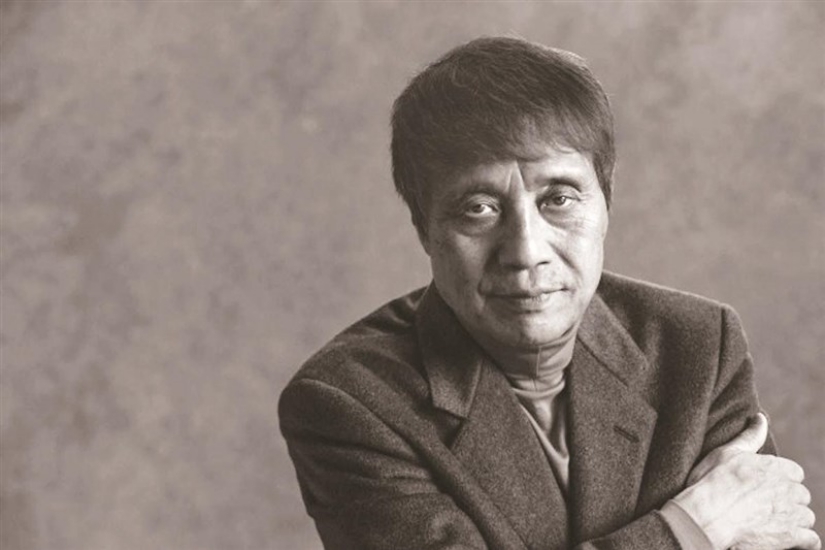
Tadao Ando (1941~) aims to “coexist with nature” and continuously introduces innovative architectural designs. After traveling to many countries around the world, he independently studied architecture and later established Tadao Ando Architect & Associates. His design works include Omotesando Hills, Shibuya Station on the Tokyu Toyoko Line, as well as other buildings such as the National Children’s Library and the University of Tokyo’s Information Studies Building and Fukutake Hall, all located within Tokyo and worth visiting together.
Omotesando Hills
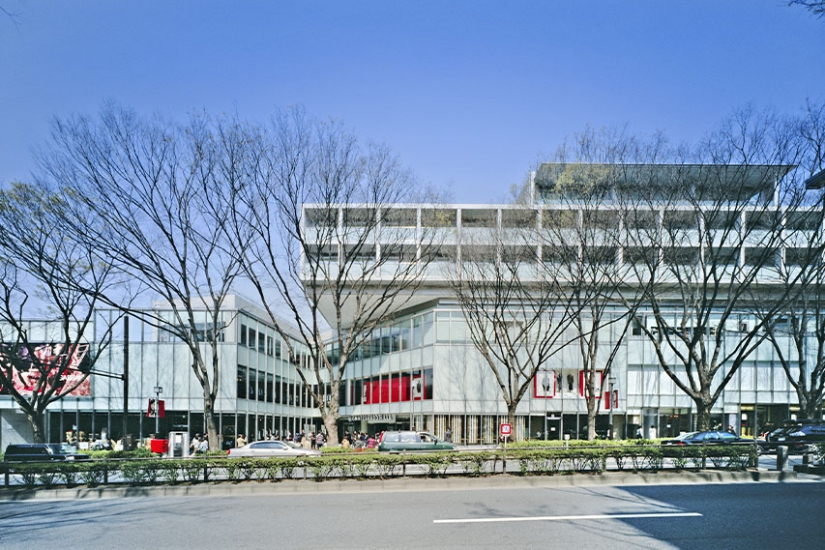
Issey Miyake Museum
